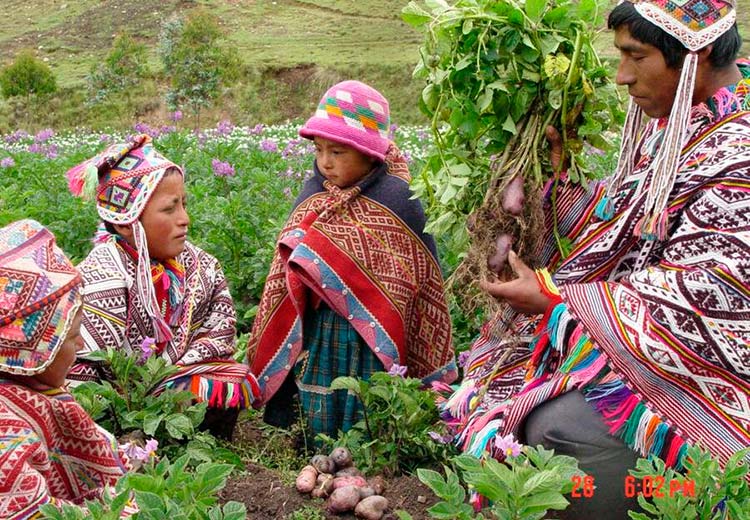On your Peru trip, you may be surprised to learn that the Inca invented many of the food preservation techniques that are still in use today worldwide. In their heyday, the Inca controlled a vast realm that includes much of modern-day Peru, Ecuador, Bolivia, Chile, and parts of Colombia and Northern Argentina. One of the advantages of controlling such a diverse geographical area was the incredible range of food items available. Food preservation and distribution were occupying concerns of the Inca, and there were systems in place that ensured those in need did not go hungry. In fact, the Incas had one of the most advanced and varied food distribution and preservation systems in the world.
There were many advantages of having the ability to preserve large stores of food. In times of drought and famine, food could and would be sent to the affected regions. The Inca also had a food ‘loan’ system, where people could take food when they were in need, and pay for it later. In times of war, armies could potentially outlast their enemies if they had great quantities of food laid up to sustain them.
Quechua Food Preservation Techniques:
The Inca placed a great deal of focus on agriculture and the management of food supplies. When food was plentiful, they wisely developed techniques for food preservation so that they would not go hungry in times of famine and hardship.
These techniques fall into four main categories:
1- Refrigeration in Las “Qollcas”
The Incas built storage buildings into the sides of steep hills. Each community was expected to preserve part of their yield in these “qollcas.” The cold windy air was used to keep temperatures low in the qollcas, and they were also equipped with drainage systems that enabled moisture to drain away from the food stores. Qollcas were built differently according to which food they were intended to store.
2- Freeze-Drying – Among the best of preservation techniques to conserve nutrients and greatly reduce the weight of food is freeze-drying, invented in the Andes long ago. In modern times, freeze-dried food is used everywhere from space travel to camping. Whole meals can be freeze-dried and rehydrated at will to be used as provisions when on the move and low weight of cargo is a priority. Chuño and moraya, or freeze-dried potatoes, are very much still a staple in the high Andes and can be tasted on your Peru trip, especially when you visit Cusco or the Sacred Valley.
3- Smoke Preservation – Another South American technique invented during or before the time of the Inca that we still use today – the preserving of smoked meats, or as the world has come to know it, jerky. In fact, the word itself is a variation of the Quechua term, ch’arki. There are several techniques for making jerky, depending on the region. At lower altitudes, meat can be processed and preserved by smoking and salting whilst at higher altitudes, meat is sometimes dried using cold temperatures.
4- Salt Preservation- (Salt-Curing) – Another technique used specifically for the preservation of meats, is salt-curing. The resulting product is known as chalona. Chalona can be prepared from a variety of meats, including lamb, beef, and alpaca.
There are two preservation techniques to make chalona, dating from the time of the Inca, and still used today.
These four food preservation techniques are among the Inca’s gifts to humanity, and they are still utilized today. On your Peru holiday, we can arrange for you to sample foods that have been prepared according to these time-honored methods, and you will also learn more in the following installments, where we will discuss each technique in depth.






Leave a Comment